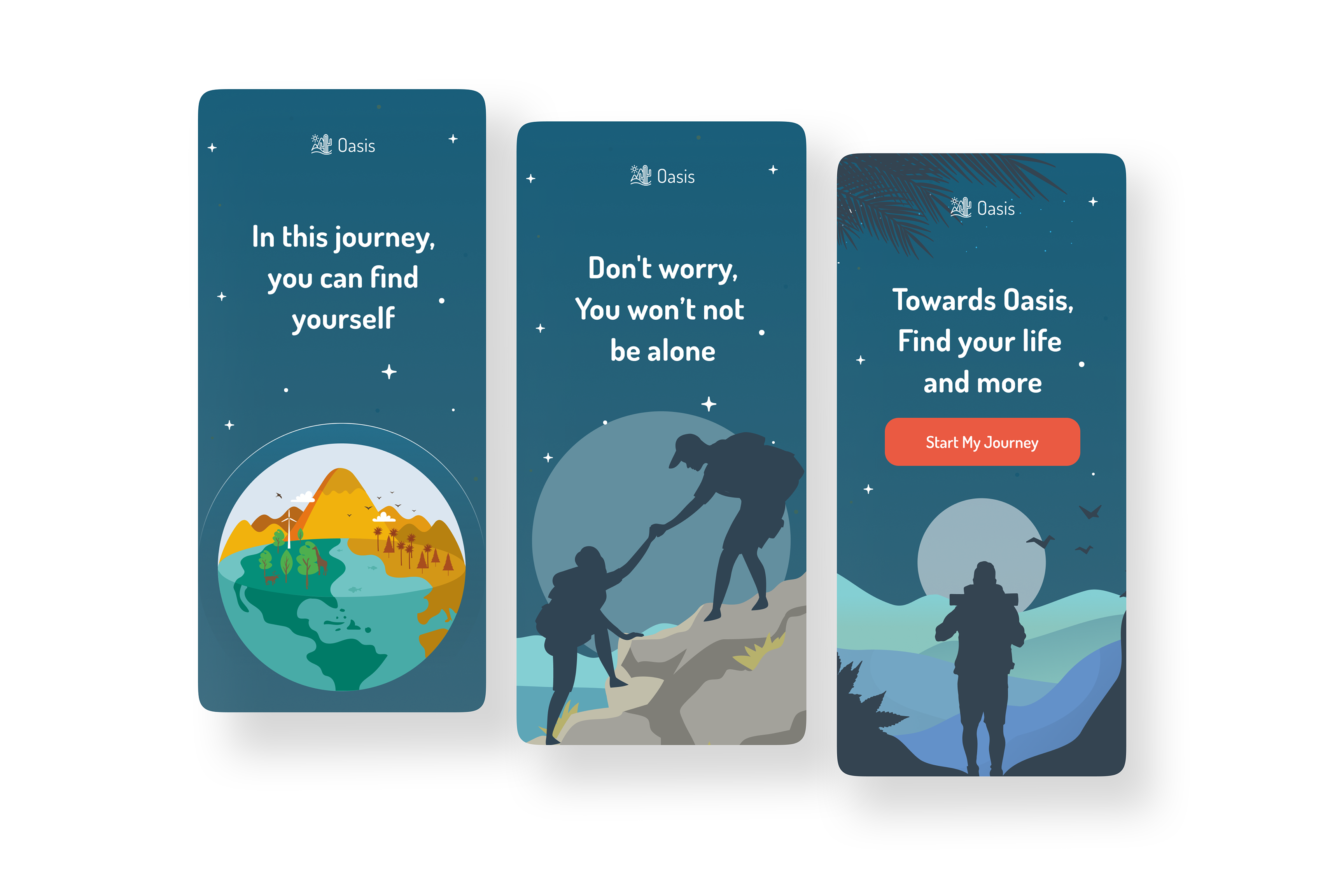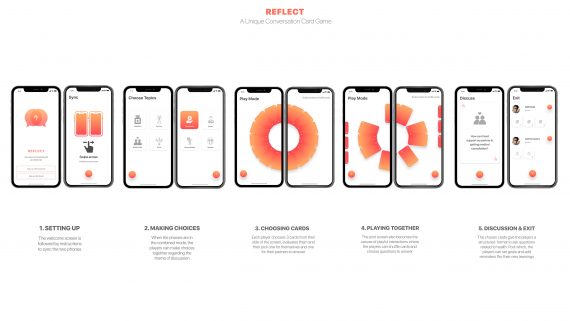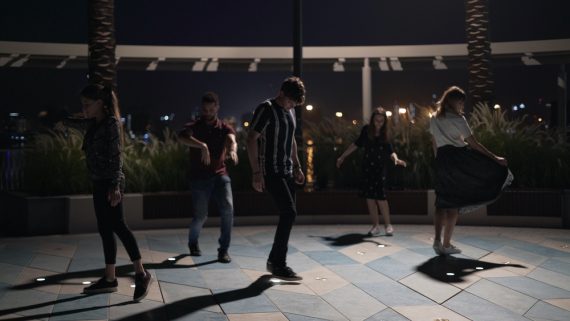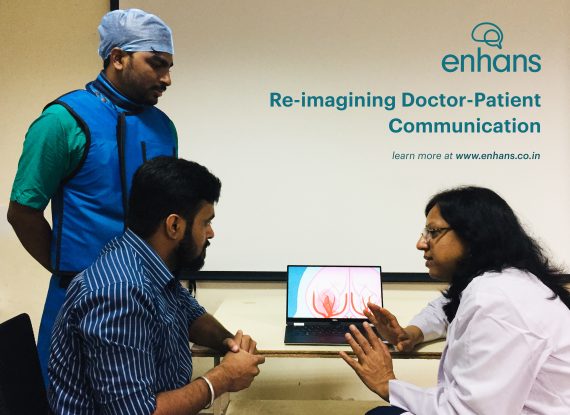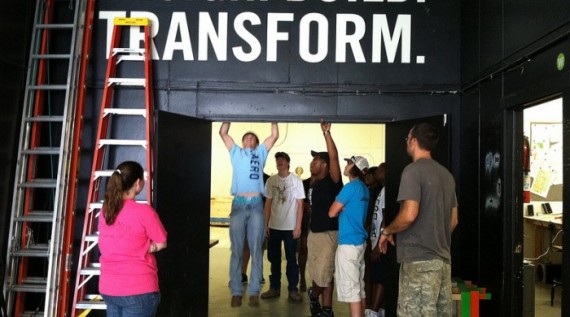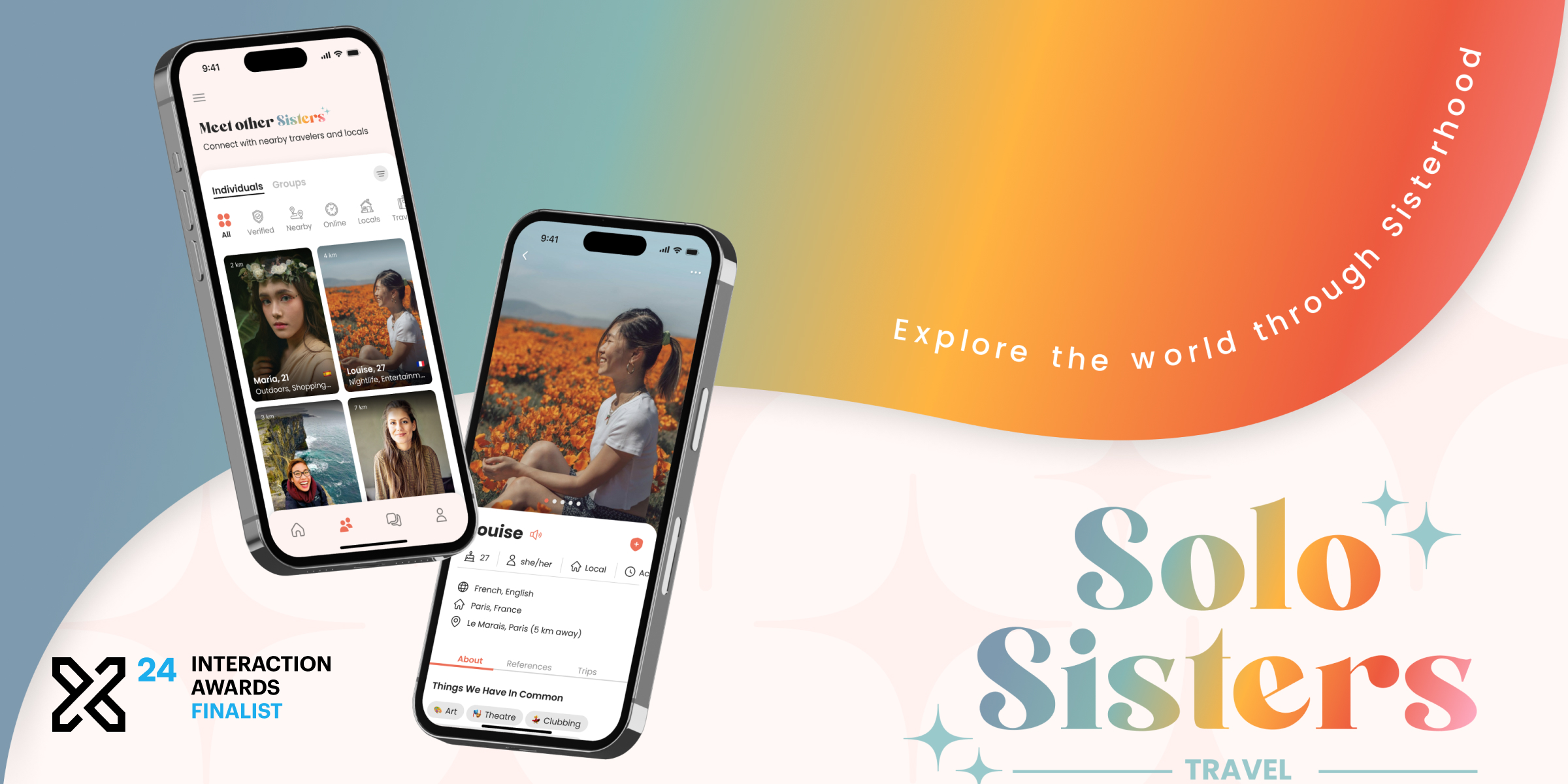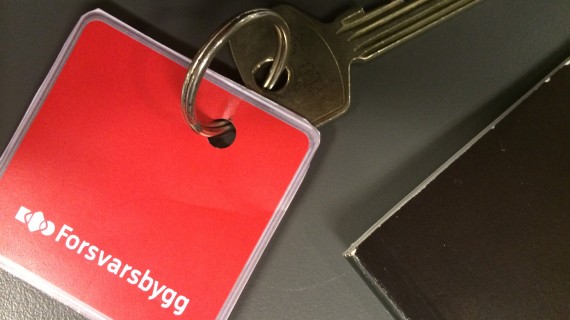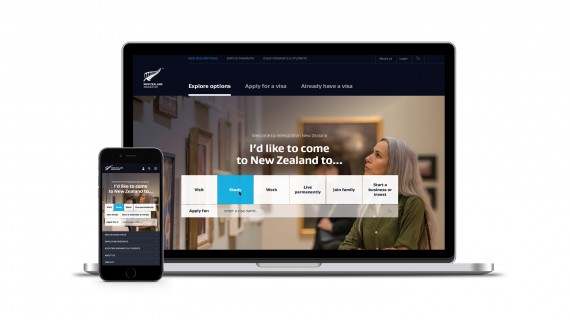Oasis
Team
Company | Institution
Category
Type
Project description
Oasis is a smartphone application for mental support through digital mindtrip. It designs to support individuals in recovering from traumas, creating new connections, and boosting their mental health. It simulated a trip from the desert to an oasis. Daily challenges must be completed by the users in order to advance toward the oasis. The users of this journey not only experience changes in their own mindset, but also the community’s support. Every day’s challenge will be recorded, to witness user’s journey and effort during the days. It will automatically be generated into a personalized diary. Users can view the diary and share them with the community. As time goes by, users will find more and more smiles in their Oasis Diary.
I had to clear up my messy life. By letting go of the debris and filth, I have come to a deeper, more soulful beauty and clarity like an oasis in the desert. From that place of clarity, a vision of what I could have, what I could do, who I could be has emerged if I allow my heart to become a place of compassion, acceptance and forgiveness.”
― Sharon E. Rainey
Oasis is a smartphone application for mental support through digital mindtrip. It designs to support individuals in recovering from traumas, creating new connections, and boosting their mental health. It simulated a trip from the desert to an oasis. Daily challenges must be completed by the users in order to advance toward the oasis. The users of this journey not only experience changes in their own mindset, but also the community’s support. Every day’s challenge will be recorded, to witness user’s journey and effort during the days. It will automatically be generated into a personalized diary. Users can view the diary and share them with the community. As time goes by, users will find more and more smiles in their Oasis Diary.
Arrival oasis is not the end of the journey, users can give back to the community by supporting people who have not walked out of their desert, and sending encouragement to them. Supports from previous users will build the oasis community warm and send messages of empowerment and strength to people like they used to be.
Recent years, the pandemic and war traumatising people both physically and mentally, which requiring a great deal of assistance and crisis intervention. It’s hard to move on when the threat still feels real and when people are still deeply connected to that wound. To recover from these traumas, it is important to help them find constructive ways of managing their emotions, promote a return to normal routines and empower them.
As an interviewer said: “I want to get my life back.” The main users are people suffering from traumas, like people with emotional responses to a terrible event like an accident, rape, or natural disaster and war-related. The secondary users are people with unpredictable emotions, flashbacks, and strained relationships due to mental stress.
Oasis aims to explore three broad factors thought to underlie resilience: returning to daily routines, social support, and meaning-making. Its operating mechanisms are based on Dr. Susan Spicer’s trauma healing research, into three stages: Stabilization, Overcoming Dysregulation, Reconnection & Integration, and Posttraumatic Growth. The first step in recovering from trauma involves reestablishing feelings of safety and stability. Thoes principles are reflected in the task design for daily challenge. Oasis’s goal at this stage is to improve life on a daily basis. In stage two, Oasis creates a new sense of self and a new future which involves redefining the self in regards to meaningful relationships. Besides, bolstering social support factors can be another powerful therapeutic tool to foster resilience after trauma. In the last stage, positive psychological changes raise people to a higher level of functioning than they may otherwise have achieved. Even, users use their experiences to assist others through a healing process, in the oasis, it is called community healing.
Oasis’s value is aligned with SDG3, which is universal and for all people, rich and poor. The physical, psychological, and social aspects of health are interrelated. PTSD and/or MD are estimated to affect an estimated 354 million people. Traumas threaten both human and sustainable economic development and constitute an important context for global mental health. Oasis aims to trauma healing and establishes mental resilience, providing positive impacts not only on users with traumas but also helping others with self-regulating attention and orientating to experiences, and helping to establish emotional stability.
Through collecting, collating, summarizing and analyzing the historical literature, I understood the theories and development of the enhancement of natural resilience in recent years, the research and implementation programmes on the enhancement of emotional management. In order to collect the current state of user needs, I chose a combination of qualitative and quantitative research methods. Participants were recruited through the online call and the survey will use questionnaires and unstructured interviews for the brief, easily repeated measure of Positive States of Mind Scale (PSOMS) and Emotion Management Scale to analyse their psychological state, current needs and the neediness of their level of post-traumatic resilience. The semi-structured interview method and focus groups in the qualitative study were used to pave the way for design solution development.
I had to clear up my messy life. By letting go of the debris and filth, I have come to a deeper, more soulful beauty and clarity like an oasis in the desert. From that place of clarity, a vision of what I could have, what I could do, who I could be has emerged if I allow my heart to become a place of compassion, acceptance and forgiveness.”
― Sharon E. Rainey
Oasis is a smartphone application for mental support through digital mindtrip. It designs to support individuals in recovering from traumas, creating new connections, and boosting their mental health. It simulated a trip from the desert to an oasis. Daily challenges must be completed by the users in order to advance toward the oasis. The users of this journey not only experience changes in their own mindset, but also the community’s support. Every day’s challenge will be recorded, to witness user’s journey and effort during the days. It will automatically be generated into a personalized diary. Users can view the diary and share them with the community. As time goes by, users will find more and more smiles in their Oasis Diary.
Arrival oasis is not the end of the journey, users can give back to the community by supporting people who have not walked out of their desert, and sending encouragement to them. Supports from previous users will build the oasis community warm and send messages of empowerment and strength to people like they used to be.
Recent years, the pandemic and war traumatising people both physically and mentally, which requiring a great deal of assistance and crisis intervention. It’s hard to move on when the threat still feels real and when people are still deeply connected to that wound. To recover from these traumas, it is important to help them find constructive ways of managing their emotions, promote a return to normal routines and empower them.
As an interviewer said: “I want to get my life back.” The main users are people suffering from traumas, like people with emotional responses to a terrible event like an accident, rape, or natural disaster and war-related. The secondary users are people with unpredictable emotions, flashbacks, and strained relationships due to mental stress.
Oasis aims to explore three broad factors thought to underlie resilience: returning to daily routines, social support, and meaning-making. Its operating mechanisms are based on Dr. Susan Spicer’s trauma healing research, into three stages: Stabilization, Overcoming Dysregulation, Reconnection & Integration, and Posttraumatic Growth. The first step in recovering from trauma involves reestablishing feelings of safety and stability. Thoes principles are reflected in the task design for daily challenge. Oasis’s goal at this stage is to improve life on a daily basis. In stage two, Oasis creates a new sense of self and a new future which involves redefining the self in regards to meaningful relationships. Besides, bolstering social support factors can be another powerful therapeutic tool to foster resilience after trauma. In the last stage, positive psychological changes raise people to a higher level of functioning than they may otherwise have achieved. Even, users use their experiences to assist others through a healing process, in the oasis, it is called community healing.
Oasis’s value is aligned with SDG3, which is universal and for all people, rich and poor. The physical, psychological, and social aspects of health are interrelated. PTSD and/or MD are estimated to affect an estimated 354 million people. Traumas threaten both human and sustainable economic development and constitute an important context for global mental health. Oasis aims to trauma healing and establishes mental resilience, providing positive impacts not only on users with traumas but also helping others with self-regulating attention and orientating to experiences, and helping to establish emotional stability.
Through collecting, collating, summarizing and analyzing the historical literature, I understood the theories and development of the enhancement of natural resilience in recent years, the research and implementation programmes on the enhancement of emotional management. In order to collect the current state of user needs, I chose a combination of qualitative and quantitative research methods. Participants were recruited through the online call and the survey will use questionnaires and unstructured interviews for the brief, easily repeated measure of Positive States of Mind Scale (PSOMS) and Emotion Management Scale to analyse their psychological state, current needs and the neediness of their level of post-traumatic resilience. The semi-structured interview method and focus groups in the qualitative study were used to pave the way for design solution development.




